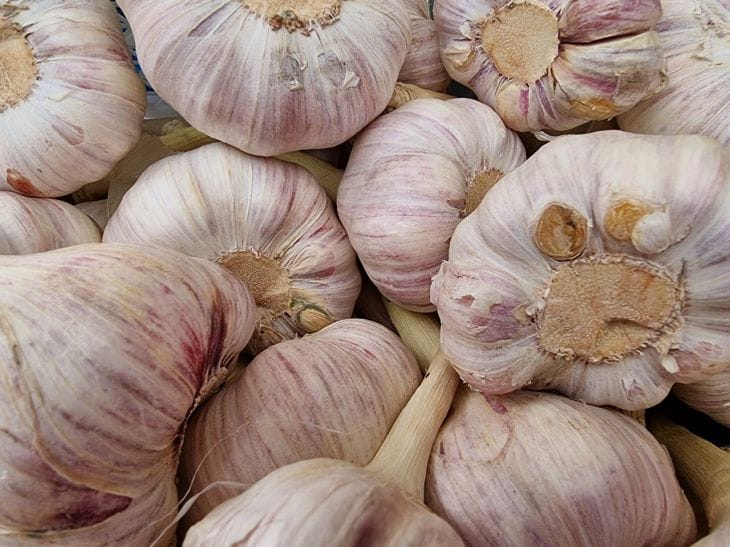A University of Minnesota study found that replanting garlic in the same bed increases the risk of fusarium wilt by 90%.
Fungal spores persist in the soil, infecting new bulbs.
This fact challenges the popular belief that crop rotation for garlic is a “relic of the past.” But why is this particular crop so vulnerable?

Biology versus myth
Garlic releases specific compounds into the soil that suppress the growth of competitors, but at the same time attract pathogens such as Fusarium .
When replanting, the concentration of these substances and fungal spores reaches a critical level.
Dr Emily Carter, a soil microbiologist, explains:
"Fusarium is a specialized killer of bulbous plants. Its spores can "sleep" in the soil for up to 5 years, activating upon new contact with the host plant."
Real consequences
In an interview with Gardening Know How, Chinese farmer Wang Li said:
"After two years in a row, garlic began to turn black right in the ground. Losses - $10,000!"
His case is no exception. In 2022, 30% of the garlic harvest in the Murcia region of Spain was lost due to crop rotation problems.
Science-based solutions
1. Crop rotation with pumpkins
Alternating garlic with pumpkin or squash breaks the Fusarium reproduction cycle. Not only do these crops not suffer from fusarium, but they also improve the soil structure.
2. Green manure-defenders
An experiment at Michigan State University has shown that planting oats and vetch reduces soil contamination by 70%. Their roots secrete alkaloids that suppress fungal spores.
3. Biopreparations
Treating the soil with Gliocladin (based on the fungus Trichoderma ) creates competition for pathogens. An alternative is watering with a solution of Bacillus subtilis (Sena bacillus) 2 weeks before planting.
Alternative for small areas
If it is not possible to change the bed, agronomists advise:
- Plant resistant varieties (Messidor, Hermidor).
- Remove the top layer of soil (10–15 cm) and replace it with a mixture of peat and sand.
- Heat treat the cloves before planting (50°C, 10 minutes).
Conclusion: Crop rotation is not a myth, but the mathematics of the harvest
Neglecting crop rotation is like playing roulette with your harvest at stake. As University of Florida calculations have shown, annual crop rotation increases farm profitability by 25%.
Garlic beds require a scientific approach, not superstition. Remember: healthy soil is the currency of the future.
